-
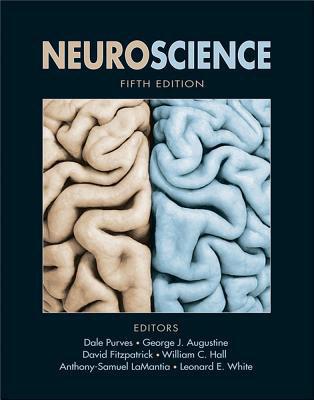
Neuroscience
Review Neuroscience is a remarkably well-organized and well-written text. It is highly accessible and easy to follow, which is impressive given the amount of detail and depth it provides. Each step of the way, explanations of complex concepts are accompanied by easy-to-follow graphics that on the one hand enhance deep understanding, and, on the other, make it easy to even just browse or skim. The book does an excellent job of bridging between molecular and molar levels of analysis, between basic and clinical science, and between the big picture and discrete detail. In other words, it keeps you grounded and allows you to understand how basic processes relate to cognition, emotion, and behavior, as well as to various forms of dysfunction. ... I am definitely keeping a copy of Neuroscience on my desk, along with Lezak et al., Strauss et al., and all the other classics. --Yana Suchy, JINS As is the tradition with this book, current neuroanatomical and neurophysiological concepts are explained in detail and fully illustrated. The addition of current concepts on neuroplasticity and behavior, as well as the web resources, significantly enrich this edition. This is a worthy and affordable book for neuroscience students. ... An excellent contribution to the study of neuroscience, deserving of its place in neurology, neurosurgery, and neurosciences libraries. --Celso Agner, Doody's Book Review -
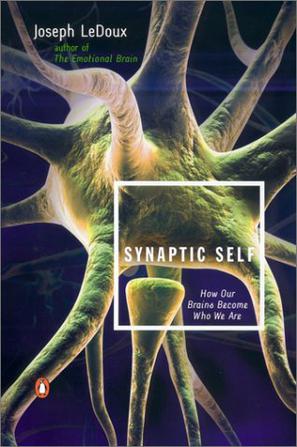
Synaptic Self
Amazon.com A middle-aged neuroscientist walking down Bourbon Street spots a T-shirt that reads, "I don't know, so maybe I'm not." This stimulus zooms from eyes to brain, neuron by neuron, via tiny junctions called synapses. The results? An immediate chuckle and (sometime later) a groundbreaking book titled The Synaptic Self. To Joseph LeDoux, the simple question, "What makes us who we are?" represents the driving force behind his 20-plus years of research into the cognitive, emotional, and motivational functions of the brain. LeDoux believes the answer rests in the synapses, key players in the brain's intricately designed communication system. In other words, the pathways by which a person's "hardwired" responses (nature) mesh with his or her unique life experiences (nurture) determine that person's individuality. Here, LeDoux nimbly compresses centuries of philosophy, psychology, and biology into an amazingly clear picture of humanity's journey toward understanding the self. Equally readable is his comprehensive science lesson, where detailed circuit speak reads like an absorbing--yet often humorous--mystery novel. Skillfully presenting research studies and findings alongside their various implications, LeDoux makes a solid case for accepting a synaptic explanation of existence and provides to the reader generous helpings of knowledge, amusement, and awe along the way. --Liane Thomas --This text refers to an out of print or unavailable edition of this title. From Publishers Weekly Despite ongoing debate about the root cause of psychological disorders, most agree that the development of the self is central to the distinction between normality and psychopathology. Yet neuroscientists have been slow to probe the biological basis for our sense of self, focusing instead on states of consciousness. LeDoux (The Emotional Brain), professor at New York University's Center for Neural Sciences, has come up with a theory: it's the neural pathways the synaptic relationships in our brains that make us who we are. Starting with a description of basic neural anatomy (including how neurons communicate, the brain's embryological development and some of the key neural pathways), LeDoux reviews experiments and research, arguing that the brain's synaptic connections provide the biological base for memory, which makes possible the sense of continuity and permanence fundamental to a "normal" conception of self. Writing for a general audience, he succeeds in making his subject accessible to the dedicated nonspecialist. He offers absorbing descriptions of some of the most fascinating case studies in his field, provides insight into the shortcomings of psychopharmacology and suggests new directions for research on the biology of mental illness. While some may disagree with LeDoux's conclusion that "the brain makes the self" through its synapses, he makes an important contribution to the literature on the relationship between these two entities. Agents, Katinka Matson and John Brockman. (On-sale: Jan. 14) Copyright 2001 Cahners Business Information, Inc. --This text refers to an out of print or unavailable edition of this title. -
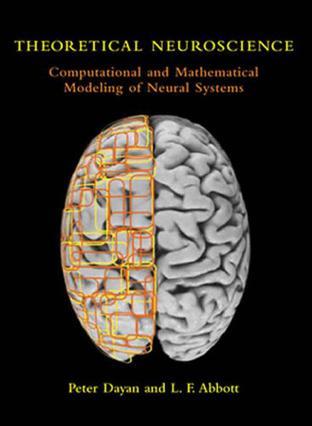
Theoretical Neuroscience
Theoretical neuroscience provides a quantitative basis for describing what nervous systems do, determining how they function, and uncovering the general principles by which they operate. This text introduces the basic mathematical and computational methods of theoretical neuroscience and presents applications in a variety of areas including vision, sensory-motor integration, development, learning, and memory.The book is divided into three parts. Part I discusses the relationship between sensory stimuli and neural responses, focusing on the representation of information by the spiking activity of neurons. Part II discusses the modeling of neurons and neural circuits on the basis of cellular and synaptic biophysics. Part III analyzes the role of plasticity in development and learning. An appendix covers the mathematical methods used, and exercises are available on the book's Web site. -

Theoretical Neuroscience
Theoretical neuroscience provides a quantitative basis for describing what nervous systems do, determining how they function, and uncovering the general principles by which they operate. This text introduces the basic mathematical and computational methods of theoretical neuroscience and presents applications in a variety of areas including vision, sensory-motor integration, development, learning, and memory.The book is divided into three parts. Part I discusses the relationship between sensory stimuli and neural responses, focusing on the representation of information by the spiking activity of neurons. Part II discusses the modeling of neurons and neural circuits on the basis of cellular and synaptic biophysics. Part III analyzes the role of plasticity in development and learning. An appendix covers the mathematical methods used, and exercises are available on the book's Web site. -
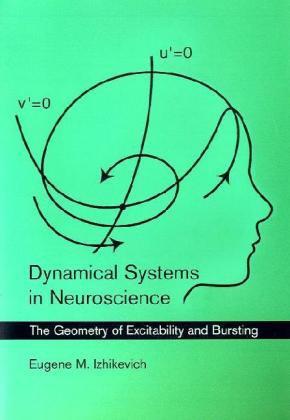
Dynamical Systems in Neuroscience
In order to model neuronal behavior or to interpret the results of modeling studies, neuroscientists must call upon methods of nonlinear dynamics. This book offers an introduction to nonlinear dynamical systems theory for researchers and graduate students in neuroscience. It also provides an overview of neuroscience for mathematicians who want to learn the basic facts of electrophysiology.Dynamical Systems in Neuroscience presents a systematic study of the relationship of electrophysiology, nonlinear dynamics, and computational properties of neurons. It emphasizes that information processing in the brain depends not only on the electrophysiological properties of neurons but also on their dynamical properties.The book introduces dynamical systems, starting with one- and two-dimensional Hodgkin-Huxley-type models and continuing to a description of bursting systems. Each chapter proceeds from the simple to the complex, and provides sample problems at the end. The book explains all necessary mathematical concepts using geometrical intuition; it includes many figures and few equations, making it especially suitable for non-mathematicians. Each concept is presented in terms of both neuroscience and mathematics, providing a link between the two disciplines.Nonlinear dynamical systems theory is at the core of computational neuroscience research, but it is not a standard part of the graduate neuroscience curriculum--or taught by math or physics department in a way that is suitable for students of biology. This book offers neuroscience students and researchers a comprehensive account of concepts and methods increasingly used in computational neuroscience.An additional chapter on synchronization, with more advanced material, can be found at the author's website, www.izhikevich.com. -
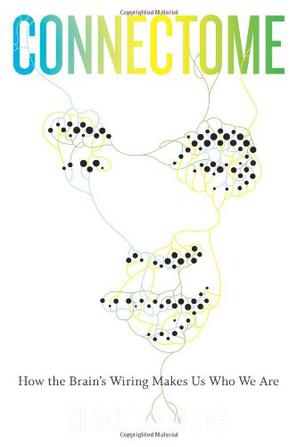
Connectome